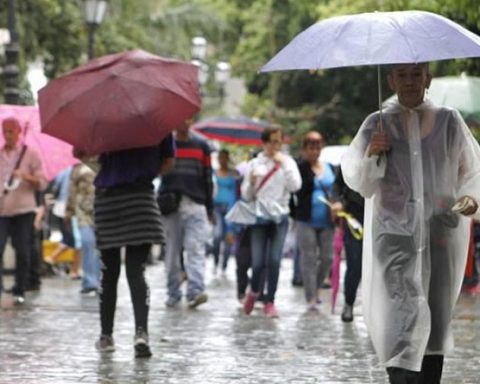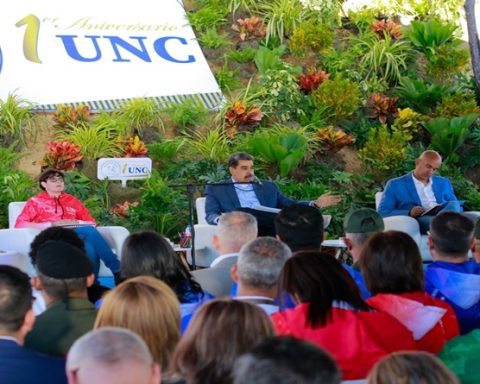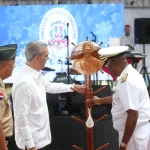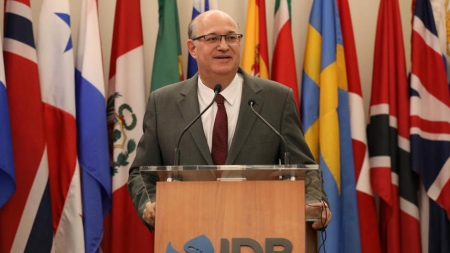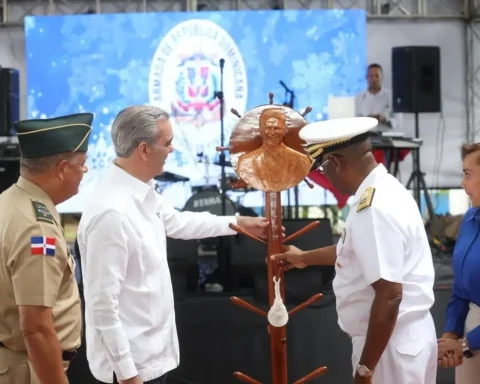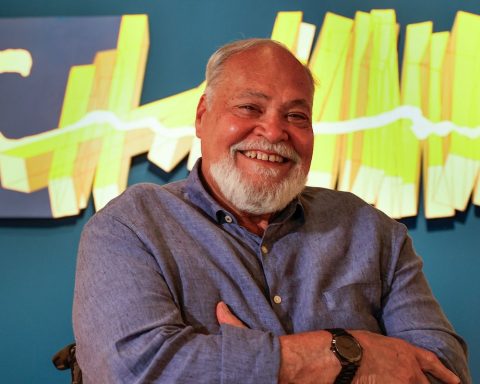The representative of Monitor Ciudad, Jesús Vázquez said that the metropolitan aqueduct serves five million people; but around four million receive water intermittently. He said that the most affected by the recent failure in the Tuy III system are the inhabitants of the upper part of La Vega and the 23 de Enero
Community leaders and citizens affected by the scarcity of water in Caracas protested this Monday, December 19, in front of the Hidrocapital headquarters, on Casanova Avenue to bring “a #Downpour of proposals for the solution of the crisis”, which in some sectors is more than five years old.
Jesús Vázquez, manager of Monitor Ciudad, expressed his concern about the disinvestment by the State in water. “Today, 1.5 billion dollars are required to improve the system over the next three years. For the 2023 budget, only 260 million are approved, which is insufficient, much more with inflation, “he said.
Vázquez explained that to alleviate the water crisis it is necessary to double those resources and the return of qualified labor to Hidrocapital, as well as to optimize the operation and supply in the communities.
In the same way, the representative of Monitor Ciudad said that the metropolitan aqueduct serves five million people; but around four million receive the service intermittently. He said that the most affected by the recent failure in the Tuy III system are the inhabitants of the upper part of La Vega and 23 de Enero.
Katiuska Camargo, a resident of Petare, assured that she had to modify her life routine due to the scarcity of water in the area for five years. She asks that the service be normalized and adds that “water has no color and it is a human right.”
«I live in San Blas and I have to go to my mother’s house to wash because mine does not arrive (the water). I am a mother, wife and I have to carry water and walk kilometers to be able to do my daily tasks, this causes me psychological and physical damage, “said Camargo.
Likewise, Katiuska Camargo, representative of Uniendo Voluntades, condemned the fact that in the popular sectors, between three and five dollars must be invested every two days to supply bottles of water for consumption, also risking health by not knowing its origin and quality.
It is more difficult for the inhabitants of the most vulnerable communities to pay for tanker trucks because the family budget is hit harder every day and having to invest part of it in buying drinking water is unfeasible for the majority.
The reality in the Altos Mirandinos is no different. Erika Baloa, a resident of the area, denounces that many elderly people and children are seriously affected by not having access to water and are affected by parasites and skin diseases because they do not have water to keep their houses and clothes clean.
The option for these citizens is to go to springs and wells in the highlands, also risking bites from snakes and insects in the area.
“We have to walk long distances even risking our health, several neighbors have been bitten by animals and snakes when they mess with the pimpinas to get water. We don’t want hot wipes, we want a solution,” he explained.
*Read also Anzoátegui: seven sectors of Clarines have 15 days without drinking water
Post Views: 114



